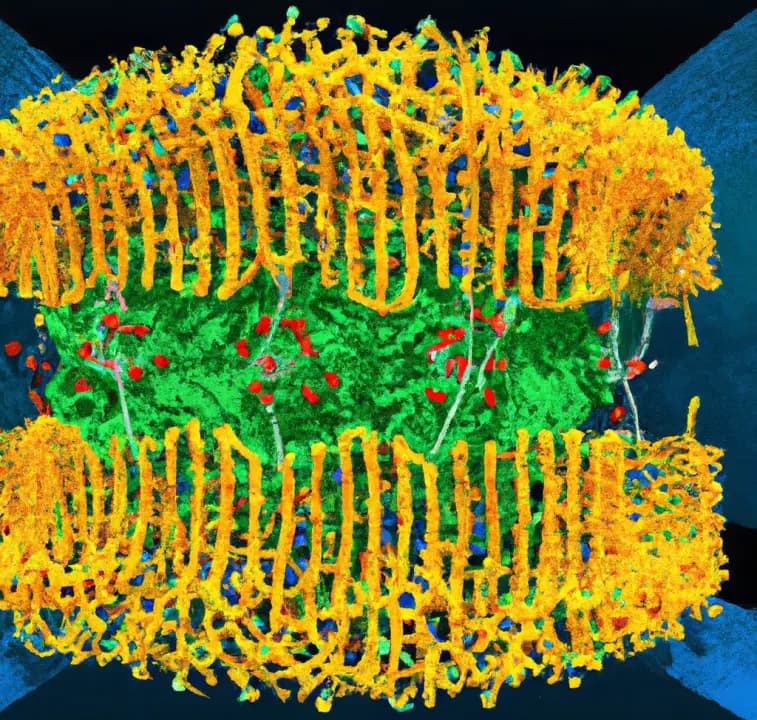A new study has shed light on the process by which proteins aggregate and form amyloid fibrils, which are associated with several neurodegenerative diseases such as Alzheimer’s and Parkinson’s.
The study, published in the journal Nature Chemistry, found that the formation of amyloid fibrils is a two-step process. In the first step, proteins form liquid-like droplets, which are then converted into solid fibrils.
The researchers found that the interface between the liquid droplets and the surrounding solution is a key factor in the formation of amyloid fibrils. They showed that molecules that target the interface can inhibit the formation of fibrils.
This discovery could lead to new ways to prevent or treat amyloid-related diseases.
The research was led by scientists at the University of Cambridge and the University of Zurich.
In the study, the researchers used a protein called hnRNPA1, which is known to form amyloid fibrils in vitro and is associated with several neurodegenerative diseases.
They found that hnRNPA1 forms liquid-like droplets when it is mixed with a salt solution. These droplets are initially liquid-like, but over time they convert into solid fibrils.
The researchers found that the interface between the liquid droplets and the surrounding solution is a key factor in the formation of amyloid fibrils. They showed that molecules that target the interface can inhibit the formation of fibrils.
This discovery could lead to new ways to prevent or treat amyloid-related diseases.
The research was funded by the Wellcome Trust, the Swiss National Science Foundation, and the European Research Council.
The original research article can be found at https://www.nature.com/articles/s41557-023-01289-9













Responses (0 )